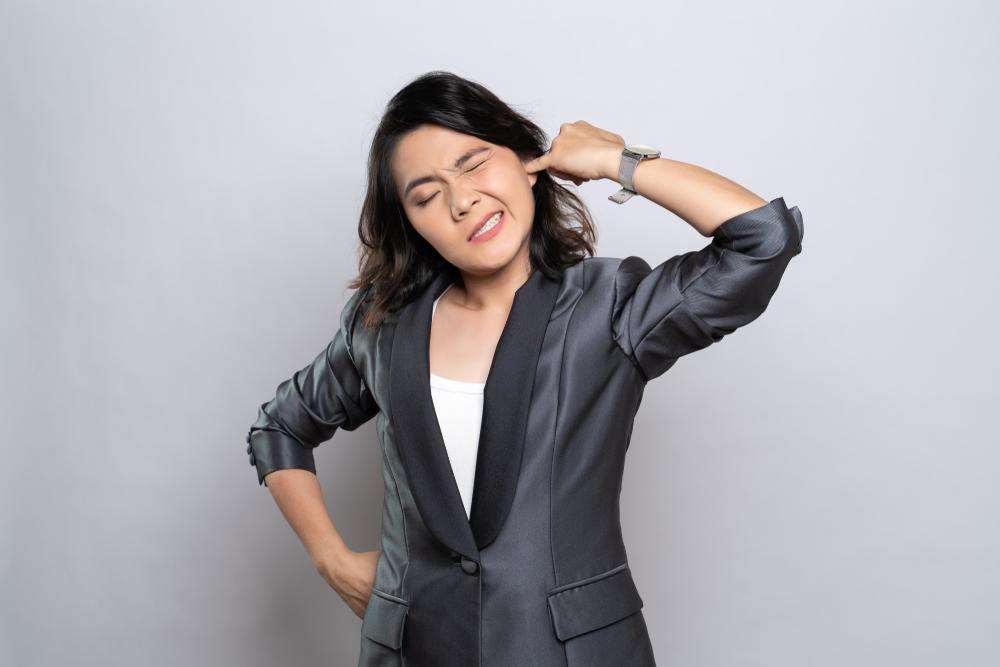Earwax, also known as cerumin, is a natural substance produced by the ceruminous glands in our ears.
It helps to protect the skin of the ear canal, prevent the growth of bacteria, and trap foreign particles such as dust and dirt. While ear wax is beneficial to the ear, too much of it can lead to a condition known as ceruminosis, where the wax accumulates and impairs hearing or causes discomfort.
Ear wax removal is an important process that should be performed regularly, especially if you experience symptoms such as hearing loss, tinnitus, itching, or pain in the ear. Accumulated ear wax can cause a blockage in the ear canal, reducing the amount of sound that reaches the eardrum. This can lead to temporary hearing loss, which can be frustrating and even dangerous in certain situations.

There are several methods for removing ear wax, ranging from home remedies to professional treatments. Some of the most common home remedies include using a dropper to apply warm olive oil or hydrogen peroxide to the ear, which can help to soften and remove the wax. However, these methods can be messy and may not always be effective.
If you have a severe case of ceruminosis, it's best to see a doctor or an audiologist. They can perform a thorough ear examination and determine the best course of treatment. One common method is ear irrigation, where a gentle stream of water is used to flush out the ear wax. Another method is manual removal, where a doctor uses specialized tools to carefully remove the wax.
It's important to note that self-removal of ear wax using cotton swabs or other objects can be dangerous and should be avoided. Inserting anything into the ear canal can push the wax further down, leading to a more serious blockage. It can also cause damage to the delicate skin of the ear canal and increase the risk of infection.
In conclusion, ear wax removal is an important process that should be performed regularly to maintain healthy ears and prevent hearing problems. If you experience symptoms such as hearing loss, tinnitus, itching, or pain in the ear, it's best to see a doctor or an audiologist for proper treatment. It's important to avoid self-removal using cotton swabs or other objects, as this can cause damage to the ear canal and increase the risk of infection.



